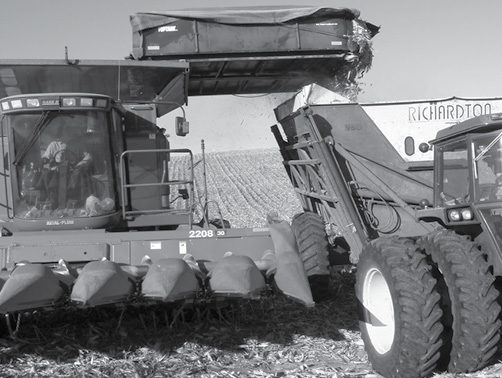No-Till Farmer
Get full access NOW to the most comprehensive, powerful and easy-to-use online resource for no-tillage practices. Just one good idea will pay for your subscription hundreds of times over.

Today’s ethanol industry continues to look to agricultural as a fuel source. While grain has seen the lion’s share of interest, corn residue holds promise as another potential fuel source.
But one no-tiller who has experimented with harvesting corn residue says no-tillers must tread cautiously before diving into this practice.
“Harvesting residue as a fuel source will take a lot of time, planning and investment,” says Daniel Davidson, DTN staff agronomist and a no-tiller from Stanton County, Neb. “There will be a huge barrier for growers since the cost and commitment to harvest residue is extensive.
“Ethanol is the driver. But there are a lot of things for no-tillers to consider if they enter into the area of harvesting corn residue.”
Corn cobs can be used as a potential replacement for coal as a fuel source. Clean cobs can yield an energy content that’s very close to coal, says Davidson, who presented a classroom on the topic at the 17th annual National No-Tillage Conference last January. Energy produced from about 0.8 pounds of corn residue equals the same as a pound of coal.
“But when you talk about taking cobs off a cornfield, that’s not a lot,” he says. “We’re talking about a half ton an acre.
“So when you think about someone paying $40 a ton for corn cobs and you take off a half ton, that’s $20 an acre. You quickly learn that your costs of harvesting and handling will probably surpass that.
“I harvested…